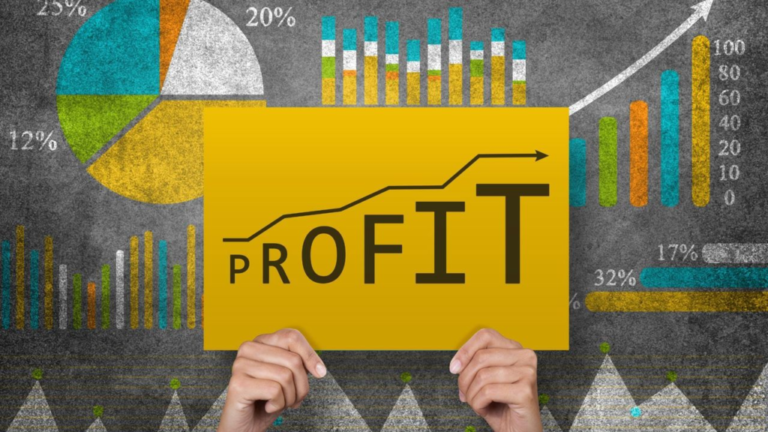Mastering Microeconomics – Essential Topics & Tips
The field of economics can be primarily segregated into major realms, namely, micro- and macro-economicas. Certain key distinctions between these two divisions are essential to understanding differences in economic perspectives & strategies at scale. Microeconomics and its concepts are the starting points for students to develop their ideas, knowledge & perspective on economics.
If you are struggling with mastering microeconomics, give this write-up a good read. It contains some handy tips to begin your journey towards absolute mastery. And it comes straight from the experts from Tophomeworkhelper.com, a leading professional homework help service.
Foundational Ideas and Concepts
Macroeconomics delves into the broader impact of decisions, choices, and policies on a larger or aggregate scale, whereas microeconomics focuses on the decision-making processes of individual agents like consumers, firms, and organizations.
Questions about how climate change policies influence a nation’s GDP or international exchange rates, whether global inflation rates are on the rise or decline, and the anticipated changes in a nation’s unemployment rate fall under the purview of macroeconomics.
On the other hand, microeconomic questions revolve around specific scenarios, such as why the price of onions is high in a city or determining the appropriate concessions for senior citizens in public transit systems.
Despite the differences in scale, the underlying economic challenge remains constant – efficiently allocating scarce resources to a growing population with limitless desires. Microeconomic concepts and models provide tools and techniques to assist in analyzing how small economic entities can address this challenge effectively, leading to sustainability and eventual prosperity.
Key Microeconomic Concepts
Let’s explore some fundamental concepts in microeconomics:
- Market Concept: The market is essentially the intersection of supply and demand. According to the law of supply and demand, the demand for a product or service tends to increase as its price decreases, and vice versa. Similarly, the supply of a product or service tends to increase as its price increases, and decrease as its price decreases.
- Indifference Curves: These curves represent consumer behavior, illustrating how a consumer can achieve equal satisfaction and utility by combining different goods or services. Three critical assumptions underlie indifference curves: they should be thick, non-intersecting, and always convex at the origin.
- Elasticity: Elasticity is a crucial concept in both micro and macroeconomics. It signifies the dependence of a product or service’s supply and demand on its market price. Products with high elasticity witness significant changes in supply and demand with minor price adjustments, while perfectly inelastic goods show no change in supply or demand even with drastic price changes.
- Perfectly Inelastic and Elastic Goods: Rare commodities and staple consumer items typically exhibit perfectly inelastic supply/demand behavior. In contrast, luxury items like jewelry and high-end cars are examples of perfectly elastic products.
- Opportunity Cost: This concept refers to what a consumer must give up to obtain a particular product or service. Opportunity cost is defined as the value of the next best or highest-valued alternative for a specific resource.
These are fundamental topics in microeconomics that lay the groundwork for more advanced concepts. Mastery of these concepts, along with a thorough understanding of every aspect of the subject, requires diligent study. For additional assistance and useful studying tips, economics homework help experts from Tophomeworkhelper can provide valuable insights.
Tips to Study Economics Effectively
- Don’t miss any lectures. If you do, find out what was being taught. And revise everything taught in class at least once when you return home.
- Take notes as much and many as possible. Write down all key concepts & principles, create concept maps, any doubts & queries, as well as problems that were instrumental in helping you understand something better.
- DO NOT shy away from tough concepts or problems. Take them on as challenges and pat yourself once you have mastered/aced them.
- Discuss your difficulties with your instructors, friends, and peers.
- Take your assignments very seriously.
- Prepare proactively if you wish to score the best grades with ease.
- Deepen your understanding of all major concepts & principles. Study different kinds of books, magazine articles, research papers, videos, lecture notes from other universities, etc, to broaden your knowledge and understand different perspectives.
- Study enthusiastically and intelligently. Read books, notes, and every other information source. Question everything, identify commonalities & connections, look at relationships & dependencies, and understand the applications of every concept, idea, theory & model.
- Practice does make perfect—practice solving different kinds of exercises & problems. And do not avoid your economics assignments at any cost. Do your best to score the best grades, all the while imbibing everything that you learn.
- Lastly, look for expert economics homework help if, despite giving your best, you are struggling to score well or finish your assignments on time.
Well, that’s all the space we have for today. Hope this was a useful and informative read for everyone. Work hard, study diligently & intelligently, and no challenges or obstacles will seem too much.
All the best!






